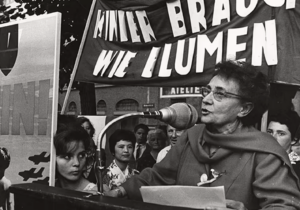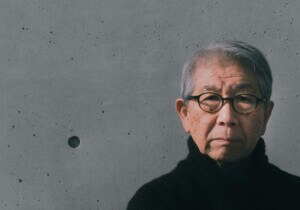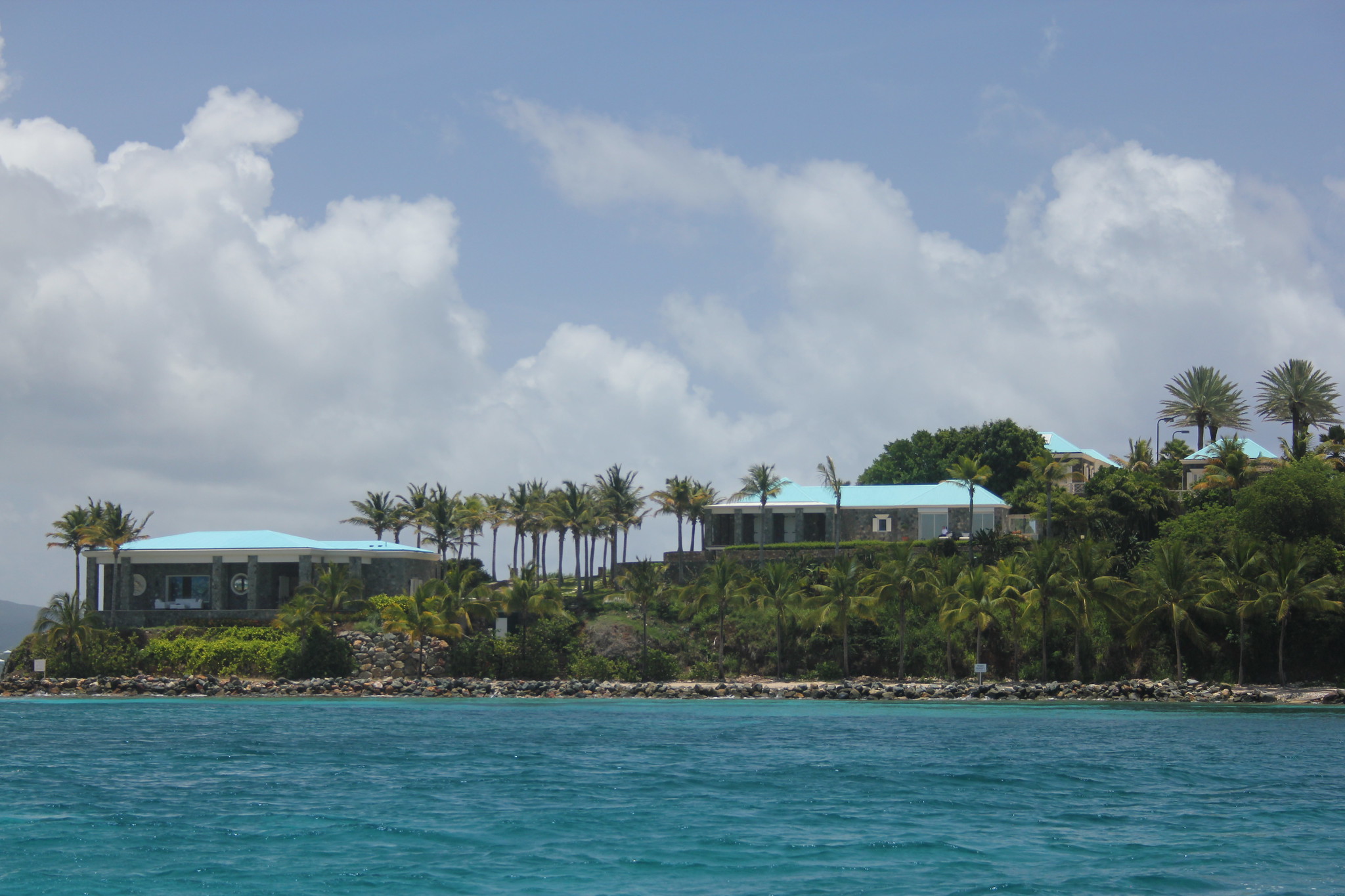Pritzker Prize–winning Austrian architect, artist, engineer, and designer, Hans Hollein, has died at the age of 80. Born in Vienna in 1934, Hollein attended the Academy of Fine Arts, School of Architecture in that city and graduated in 1956. Following graduation he was awarded a Harkness Fellowship, affording him the opportunity to travel to the United States. He did graduate work at the Illinois Institute of Technology and completed his masters degree in architecture at the University of California, Berkeley in 1960. During those years he met and worked with Mies van der Rohe, Frank Lloyd Wright, and Richard Neutra.
After graduate school, Hollein worked for architecture firms in the U.S. and Sweden, finally settling back in Vienna in 1965, where he completed his first solo commission, the Retti Candleshop, a small project that nonetheless won him international attention. He went on to design other significant projects, including the Richard L. Feigen Gallery in New York (1967–1969), the jeweler’s shop Schullin I and II (1972–1974, 1981–1982) and the “Section N” furniture shop (1971–1972) in Vienna, the Austrian Travel Agency in the Opernringhof (1976–1978) with its soon renowned ceiling-high brass palms as quotes of travelling, the interior design of the Museum of Glass and Ceramics in Tehran (1977–1978), and the New York branch of the Munich fashion house Ludwig Beck in the Trump Tower (1981–1983).
Hollein regarded himself as an artist and theorist who rejected all divisions between the various fields from the very start. He designed art objects, exhibition designs (The Turks at the Gates of Vienna, 1983; Dream and Reality, Vienna 1870–1930, 1985, both in the Künstlerhaus Wien), stage sets (such as for Arthur Schnitzler’s Seduction Comedy at the Burgtheater), furniture, jewelry, door handles, glasses, lamps, and watches (for Alessi, Munari, a.o.). His favorite maxim was, “Everything is architecture.”
In 1972, he represented Austria at the Venice Biennale with his installation Work and Behavior, Life and Death, Everyday Situations. He was Austria’s commissioner for the Venice Art Biennale from 1978 to 1990 and commissioner of the Venice Biennale for Architecture in 1991, 1996, and 2000, as well as its director in 1996. As guest professor at numerous American universities, professor at the Staatliche Kunstakademie Düsseldorf (1967–1976), and head of the masterclasses for industrial design (1976–1979) and architecture (1979–2002) at the University of Applied Arts in Vienna Hollein was also highly esteemed as a teacher.
Hollein also designed museums. The Abteiberg Museum in Mönchengladbach (1972–1982) set new standards in the field. The building realized for the Museum of Modern Art Frankfurt (1983–1991) is equally sensational. He also designed the spectacular, prize-winning, yet ultimately unrealized scheme for the Guggenheim Museum in Salzburg’s Mönchsberg (1989). The same was the case with the Guggenheim Museum planned for Vienna (1994–1995). Hollein’s further competition designs include his submissions for the New National Theatre of Japan (1986, second place), the Wald Disney Concert Hall in Los Angeles (1987–1988, second place), das Compton Verrney Opera House (1988–1989, second place), the Guangdong Museum for Arts and Nature in Guangzhou (2004), the Sheik Zyed National Museum in Abu Dhabi (2007), and the Meixi Lake International Culture and Arts Center in Changsha, China (2011).
Hollein’s entire body of work is characterized by the presence of quotations, like the outsized tobacco leaf on the facade of his tobacconist’s front near the Haas House (1991–1994), the palms in the Austrian Travel Agency office, or the often recurring columns, which earned him the “postmodern” label.










